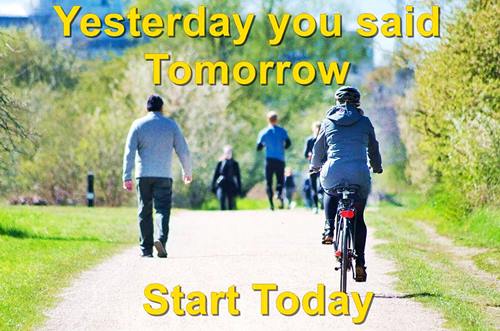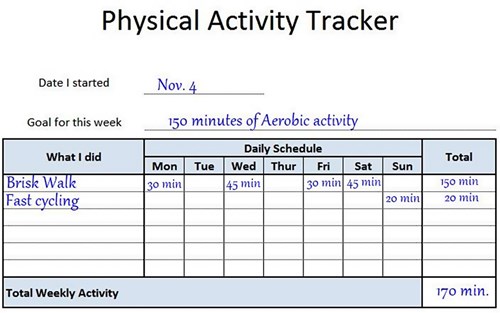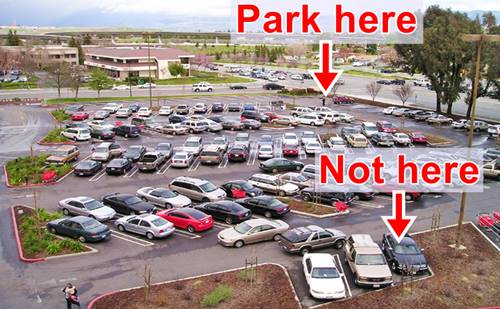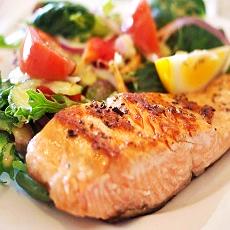How to get started with your exercise program
8 Steps to start your Fitness program
Fact Checked
×All the content published in our website is fact checked to validate its accuracy.
Visit our guidelines web page to learn more about our strict processes regarding how we review our content's sources: reliable and reputable journals, media websites, universities, colleges, organizations, and professionals.
Our articles are based on scientific evidence, and the references are included in its footnotes, which are clickable links to sound scientific papers.
First published: 15.Nov.2018
Overview: Get started and stay motivated with your Fitness Program
Physical activity and regular exercise are the keys to maintaining your overall health and fitness. Not only will it help you lose weight and keep it off, but it will also reduce your health risk.
In this article, we will explain how to get started. We will also provide tips on how to stick to your exercise plan and not give up.
Starting an exercise program is a very important decision, and it is easier than it seems. Plan it carefully and go ahead step by step building a healthy habit that will make you feel much better.
References and Further Reading
(1) Dietary Guidelines 2015-2020 - Appendix 1. Physical Activity Guidelines for Americans. Accessed Nov. 04, 2024.
(2) James A. Blumenthal, Patrick J. Smith, and Benson M. Hoffman, (2012). Is Exercise a Viable Treatment for Depression?, ACSMs Health Fit J. 2012 July/August; 16(4): 14-21. doi: [10.1249/01.FIT.0000416000.09526.eb]
National Institute of Diabetes and Digestive and Kidney Diseases, Tips to Help You Get Active. Accessed Nov. 04, 2024
ODPHP Publication, Physical Activity Guidelines for Americans 2nd edition. Accessed Nov. 04, 2022
NIH MedlinePlus, US National Library of Medicine, Exercise and Physical Fitness, page last updated on 16 October 2020. Accessed Nov. 04, 2024.
CDC Steps for Getting Started With Physical Activity. Accessed Nov. 04, 2024.
NHS National Health Service How to be more active. Accessed Nov. 04, 2024
Physical activity and exercise guidelines for all AustraliansFor adults (18 to 64 years). Commonwealth of Australia | Department of Health and Aged Care. Accessed Nov. 04, 2024
About this Article
How to get started with your exercise program, A. Whittall
©2023 Fit-and-Well.com, first published: Nov. 15, 2018. Updated: Nov. 06, 2024. Next Update scheduled for Nov. 10, 2027. https://www.fit-and-well.com/fitness/get-started.html
Tags: exercise, weight loss, fitness.






